Canadian micro-producers say soon-to-be-enforced rules for lower microbial limits in various weed products could force them to use irradiation treatment on their crops — increasing costs, time to market and lowering quality in the process.
When Health Canada updated regulations to include newly legal cannabis derivatives like edibles on Oct. 17, 2019, it lowered the limits for pathogens like mould, yeast and bacteria allowed in three products specifically intended for inhalation: dried flower, pre-rolls and vapes. The federal agency granted producers a one-year transition period to adapt to some of the changes, which was extended to March 31 next year due to Covid-19 impacting operations.
But many of the country’s smaller growers aren’t prepared to meet the new rules or take on costly irradiation treatments to ensure compliance, says Kieley Beaudry, co-founder of Parkland Flower and president of the Alberta Cannabis Micro Licence Association (ACMLA).
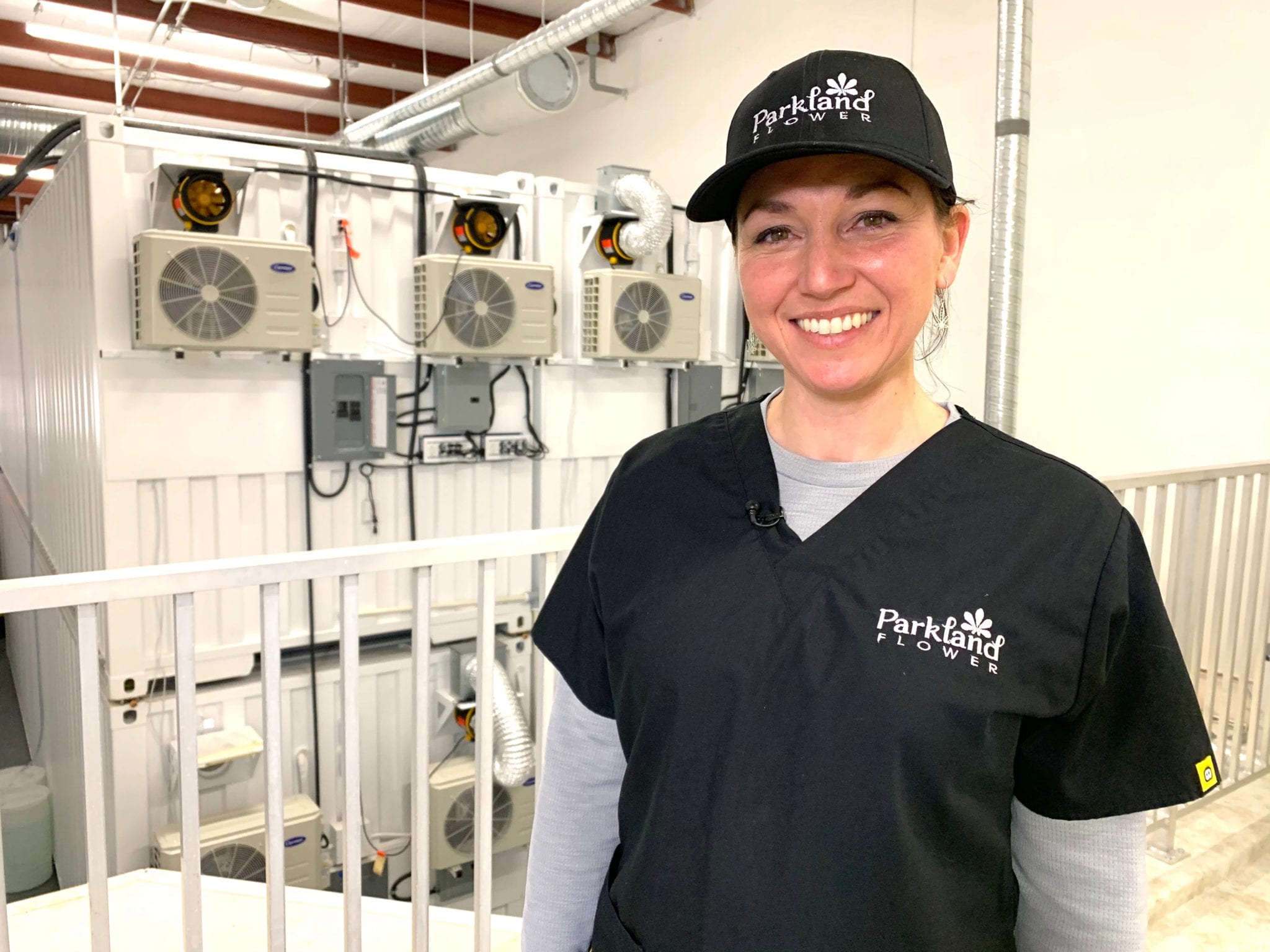
Parkland Flower co-founder Kieley Beaudry is pushing the Canadian government to lower barriers for micro-cultivators in order to increase quality and avoid irradiation treatment. Press photo
Even if product is grown, dried and cured carefully in-line with Health Canada’s stringent good production practices, the new microbial limits are so low that more irradiation will be needed reduce pathogens, Beaudry said in a phone interview.
“Some of the microbes that Health Canada is asking to be tested for like Staphylococcus aureus — there’s literally billions of those microbes just on your skin,” she says.
And while using electron beams or gamma rays on cannabis may be deemed safe by regulators, Beaudry says micro-cultivators like herself prefer to avoid radiating product altogether.
Irradiation remains a maligned topic in the cannabis community as scientists are still figuring out exactly how it effects cannabinoid and terpene content in dried flower.
Either way, shipping out batches of product across the country to get the treatment will add logistical challenges and lower quality in the process, Beaudry argues.
“It adds more time and money in between your product getting into the hands of consumers,” she says. “And every week that goes by, the dried flower is losing some of its terpenes and its cannabinoid potencies. It’s a fresh-plant product.”

These amended Health Canada regulations for microbial limits in cannabis products intended for inhalable use will be in force on March 31, 2021. Photo illustration with screen shot via Keystone Labs
Health Canada’s motives for new microbial limits remain murky
Beaudry questions Health Canada’s motives for lowering the microbial limits and says the more stringent rules favour larger producers with deeper pockets.
“We thought Ottawa was intending to start out really tough, and then they would scale back regulations. But with this microbial rule change, they set pretty high standards and they’re increasing the barriers,” she argues.
Gina Rodriguez, senior consultant at Deloitte Canada’s risk advisory practice, says the industry is currently trying to adapt to rule changes and expects a rise in irradiation treatments by next year.
“The new microbial limits for inhalation products are much lower than those generally used in the industry,” she said in an email. “This may lead to licence holders’ inability to meet the new limits and employing antimicrobial treatment.”
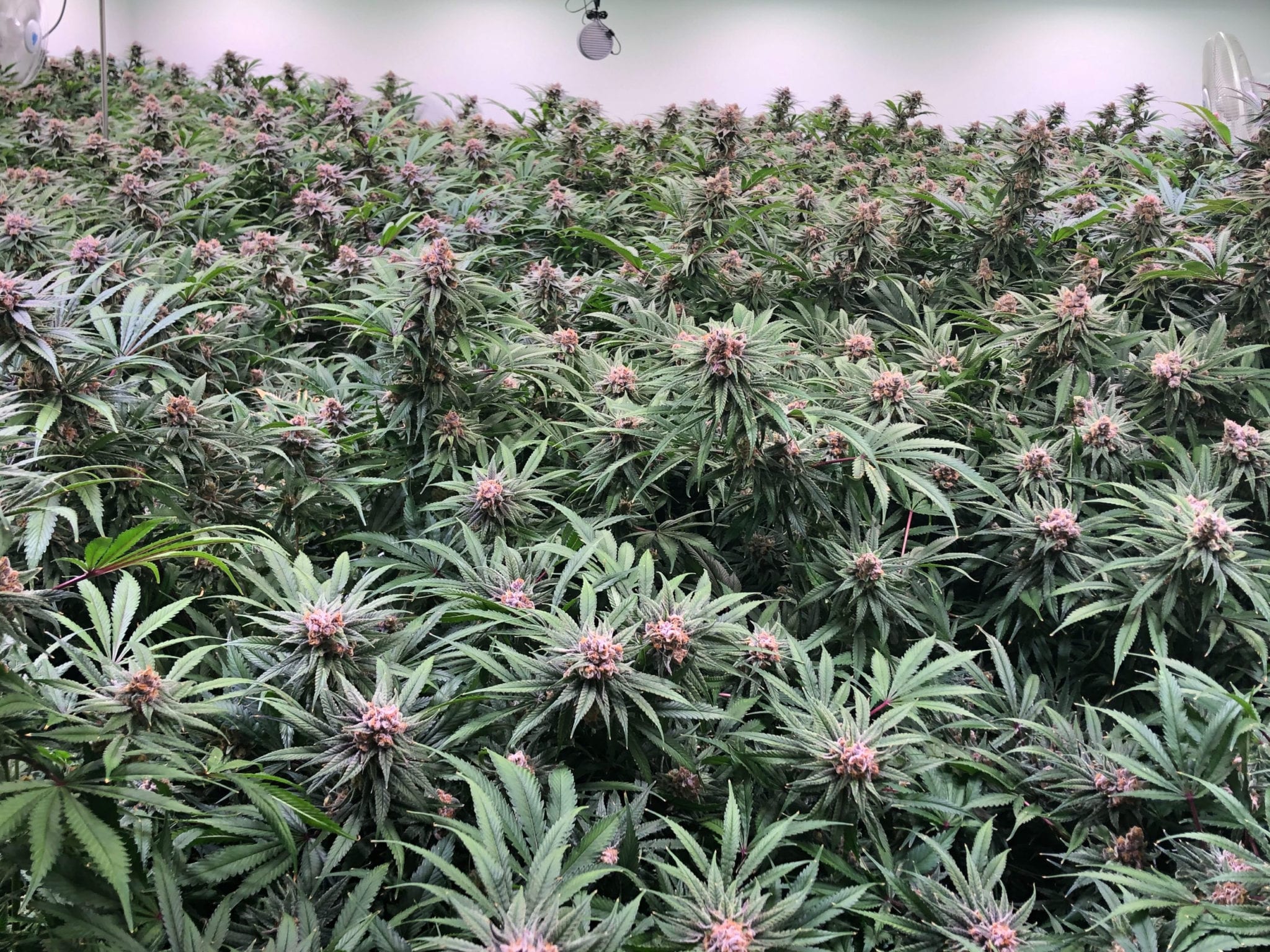
Saskatchewan-based micro-producer North 40 Cannabis says they grow with such care that they don’t need irradiation treatment. Press photo
Beaudry wonders whether a spike in cannabis product recalls played a role in Health Canada’s decision, but the government’s website only lists eight recalls in the past year, with seven due to packaging error issues and one because of accidental ingestion of an edible by a child.
Health Canada tells Mugglehead that microbial limits are set within generally accepted tolerance limits for herbal medicines intended for human consumption. The rules are established based on the Food and Drugs Act, and they fall in line with limits set by U.S., European and British pharmacopoeia standards. And the amended regulations won’t require licensed producers to irradiate their cannabis in the future, but they may choose to do so.
Mugglehead will update with any follow-up answers from the federal agency on why the limits were lowered.
For Beaudry, if she has to irradiate her weed she prefers the electron beaming method over gamma-ray treatment, which is the most typical method used in the industry.
But she said there are only two companies in Canada that offer e-beaming services: one in British Columbia and one in Quebec. The cost comes in at $60 a kilogram with a minimum $1,500 charge.
Beaudry says one of the reasons she started the ACMLA is so smaller producers can piggyback on one another and submit their harvests together, splitting the minimum charges.
Is cannabis irradiation safe?
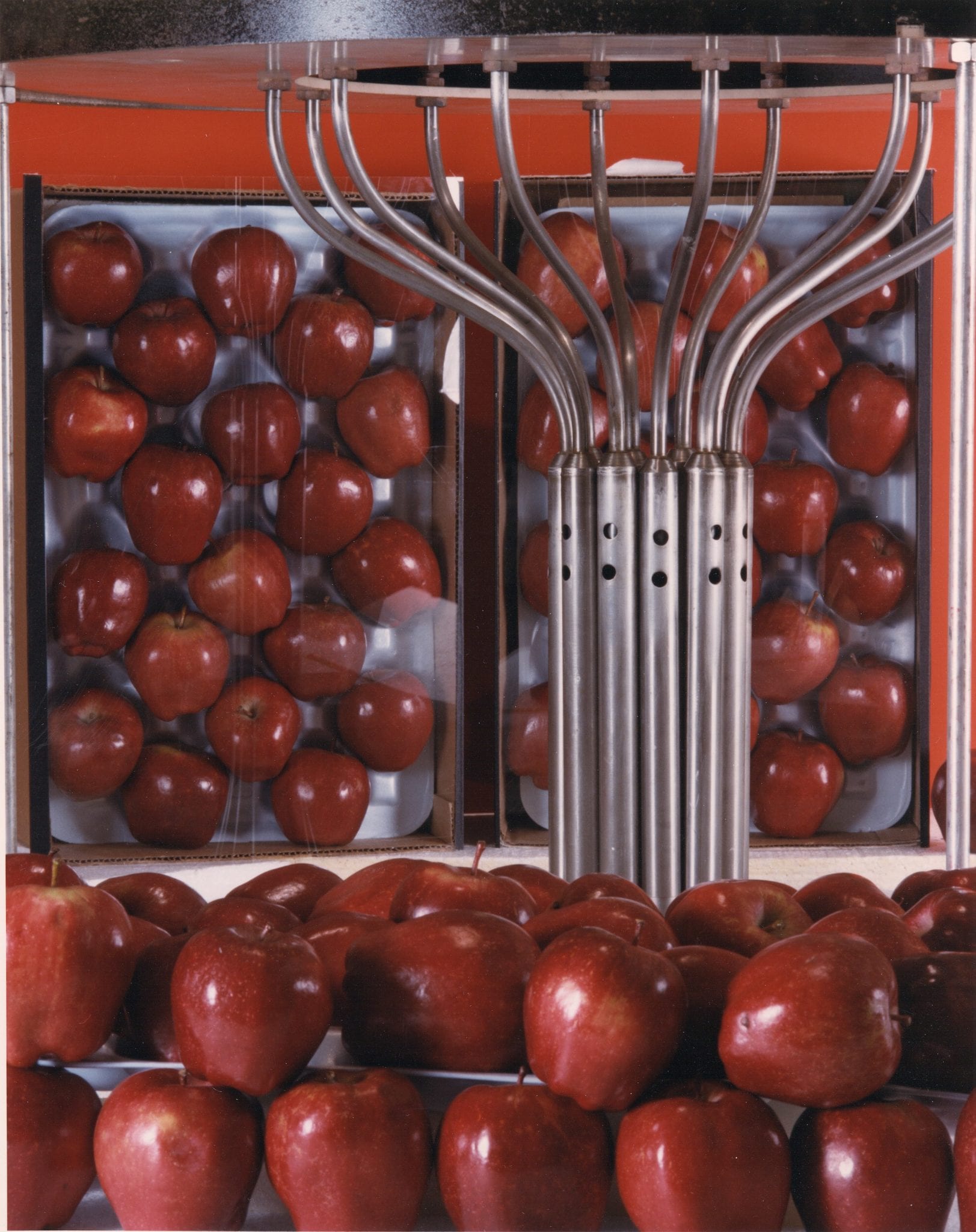
Cobalt-60 irradiation facility used by the US Department of Energy to test food safety in 1984. Photo via Wikimedia Commons
Despite controversies surrounding irradiation, experts say it doesn’t make cannabis or food radioactive and shouldn’t scare anyone.
In Canada, potatoes, onions, wheat, flour, beef, and spices are among irradiated foods permitted to be sold to consumers.
Aleafia Health published a blog post aiming to debunk fears over cannabis irradiation, comparing the one-step process to tossing your bag into an airport luggage scanner.
Around 80 per cent of licensed producers are using irradiation to sterilize their products, according to Dan Sutton, founder and CEO of Tantalus Labs.
Sutton has been an outspoken advocate on the safety of cannabis irradiation in the press and on Twitter, while blaming misinformation for quality concerns.
However, with only two notable studies on the issue released so far, growers like Beaudry remain wary.
A 2016 study funded by Netherlands producer Bedrocan looked at the overall effects of gamma irradiation on four separate cultivars. The results showed no change in THC, CBD or moisture levels, but a 10–38 per cent reduction in terpene content.
More recently, researchers from the University of Lethbridge published a study in August that tested cannabis oil extracted from four cultivars that were treated with gamma-radiation. Their findings showed a slight increase in cannabinoids, most prominently a boost in THC, as well as an increase in terpene content in three-out-of-four extracts.
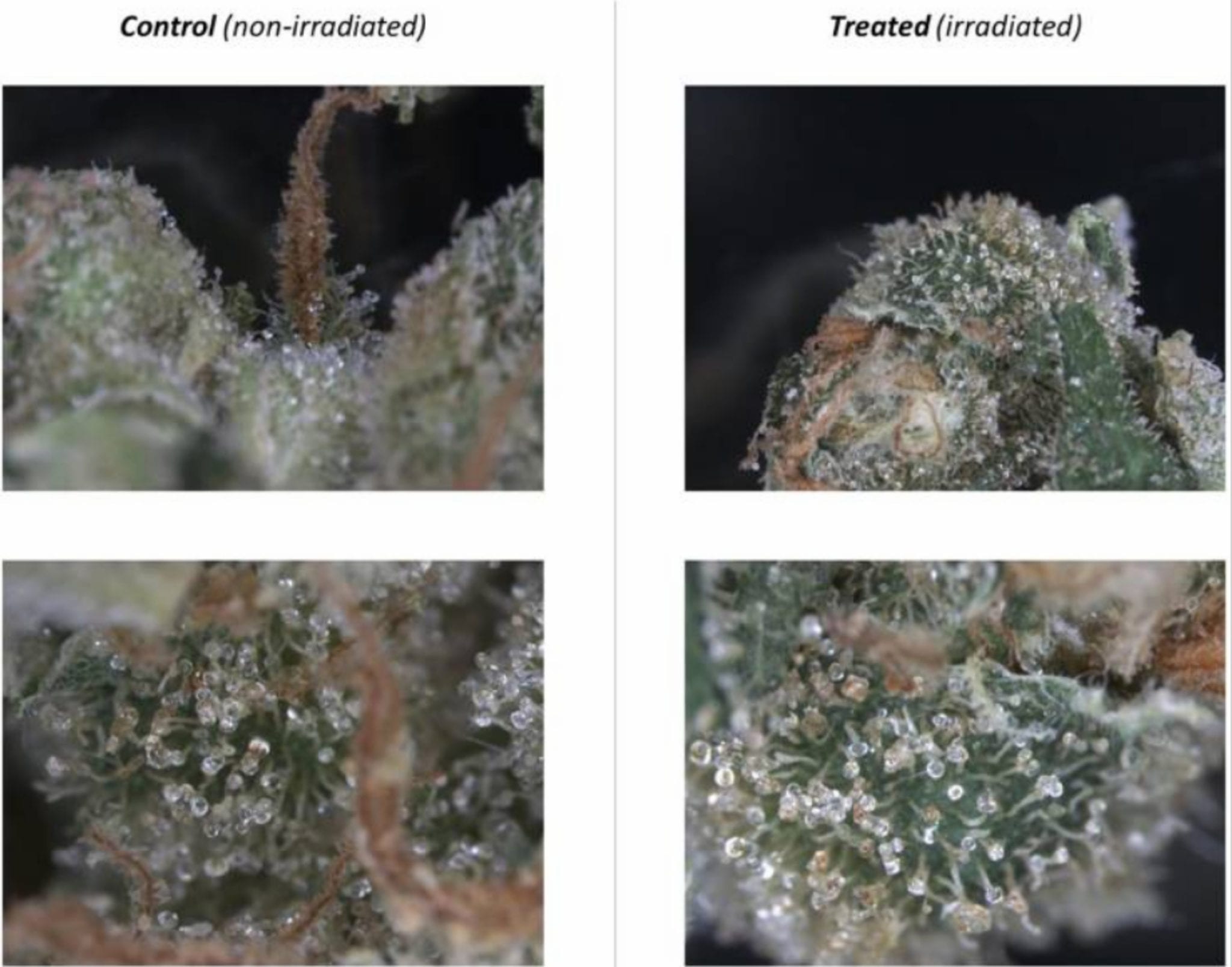
Microscopic images of trichomes (glandular hairs) before and after treatment with gamma-irradiation from a study published in the journal Frontiers in Pharmacology in 2016. Press photo
Small growers need a farm-gate model, not a big pharma model, Beaudry says
While the debate over cannabis irradiation will continue, Beaudry says it would be less of an issue if Ottawa peeled back some red tape.
If Health Canada reduced some of the good production practices requirements, it would allow producers to get their product to market faster and lower the risk of microbes having an effect, she argues.
Beaudry and the ACLMA are pushing all levels of government to reduce barriers to promote low-cost farm-gate sales, as well as cannabis tourism in Alberta to increase opportunities for craft growers.
Read more: What to expect from the industry-led Cannabis Act review
“I would love to see more of a farm-gate model where producers could have an immediate sell through, and therefore the risk is quite a bit lower because your product doesn’t have to be shelf-stable for as long,” she said.
For now, Health Canada’s current rules will continue to hurt the quality of legal weed in more ways than one.
“Everyone was complaining at the beginning of recreational legalization that the weed is so dry. Well, LPs were drying the shit out of it because they’re afraid that if you have any bit of moisture in there, you now have a natural breeding ground for bacteria.”
Top image via Deposit Photos
jared@mugglehead.com
@JaredGnam

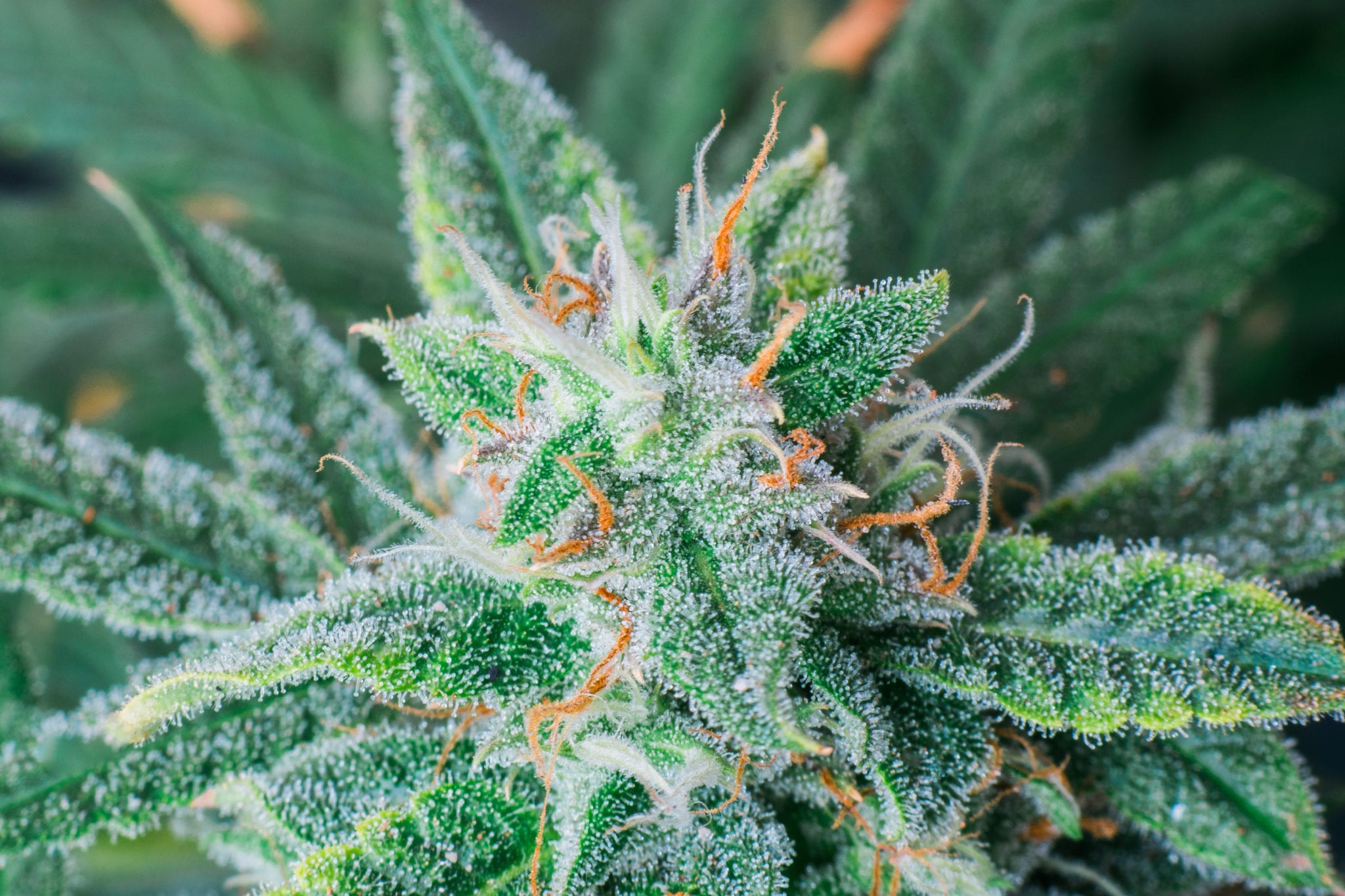













Pete Martin
November 15, 2020 at 12:19 pm
Interesting article. What are the proposed standards going to look like? If you are going to write an article like this, please include the pertinent facts.
Jared Gnam
November 15, 2020 at 11:23 pm
Thanks for the comment, Pete. Was waiting for confirmation on the exact new microbial limits, which have now been added in the first section of this article.
Arbel
February 9, 2021 at 3:28 pm
Thank you for the interesting article. Maybe you can update reg the new-rule, was it postponed again? What is the status of the cannabis companies, did they find an alternative to radiation? Thanks
Dave
March 22, 2021 at 1:23 pm
Do not buy nightshift from Kingsway at the ocs. Worst experience ever, completely dry, full of underdeveloped seeds and zero to minimal smell or effect. The prices are outrageous and I feel inexplicably ripped off at the quality I received for the price
Emil
April 18, 2021 at 3:06 pm
Hey Thanks so much for the read, I’m a Bud tender doing some research on radiation and was wondering if we had a list of LPs that Are radiation, and that Aren’t? Thanks again.